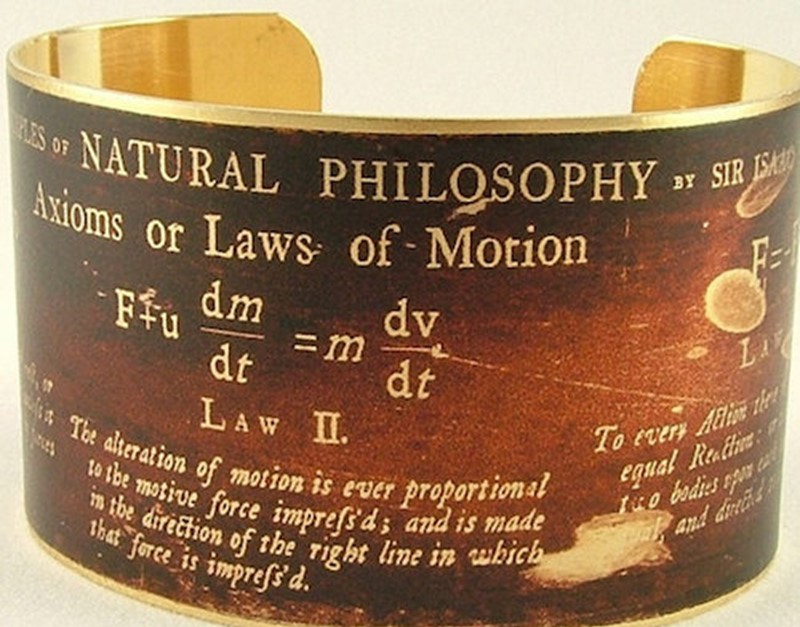
Can Newton’s Laws of Motion teach us about real life? Let’s examine this …
Newton's First Law of Motion: An object at rest will remain at
rest unless acted on by an unbalanced force. An object in motion continues in
motion with the same speed and in the same direction unless acted upon by an
unbalanced force. This law is often called, "the law of inertia".
There is a somewhat natural
tendency for people to keep on doing what they're doing, including doing
nothing. These people will tend to resist change in their state of motion or
inaction as the case may be. In some cases, some people will either refuse to
do what they should, or continue to do what they should not. "In the absence of an unbalanced force,
an "object" at rest or in motion will maintain this state."
Consequently, some people will have to be either convinced or forced to change
their ways. The other alternative is to simply leave them to self-destruct or
hope they will eventually come to their senses and apply the First Law of
Motion on their own accord.
Newton's Second Law of Motion: Acceleration is produced when a
force acts on a mass. The greater the mass "of the object being
accelerated" the greater the amount of force needed "to accelerate
the object".
In much the same manner that
heavier objects require more force to move the same distance as lighter
objects, some people need more "encouragement" than others to be convinced
or forced to behave appropriately, due to the degree of stubbornness or
ignorance that may be attributed to them.
There may be instances when
it is desirable to encourage someone to make a decision expeditiously, or to
take more time from making a hasty choice. Likewise, a greater “force” may be
required to quickly speed up or slow down an individual’s actions.
Where no amount of “force” will bring about the required result, it may be necessary to confine the situation to the First Law, and try to limit the consequential fallout.
Newton's Third Law of Motion: For every action there is an
equal and opposite re-action. This means that for every force there is a
reaction force that is equal in size, but opposite in direction. That is to say
that whenever an object pushes another object it gets pushed back in the
opposite direction equally hard.
This law is a bit harder to
qualify or even quantify in human life. This is for several reasons, and this
list is by no means exhaustive.
1.
Some may
choose to ignore the encouraging "force"
pushing against them because of either fear, indifference, downright stubbornness
or stupidity. Either way, they may be hoping that those applying the force will
get tired of pushing.
2.
If you in
particular, find an “opposing force being applied against you, you may choose
to side-step the opposing force and let them run into the brick wall behind
you. You may also decide to apply a deflecting force and simply brush aside the
annoyance. You may even decide to stand firm and let them run into the brick
wall that is you.
3. You may decide to push back, move forward and apply aspects of the First and Second Laws. How much you may decide to push back may depend on your mood. You may feel merciful and generous and push back just enough to get their attention, and you say that you are in no mood for messing about. Or you may decide to apply such an indomitable action not only to deal with the opposing force against you, but to also send a prevailing message to other would be detractors.
This is my perspective on the principle of the application of Newton’s Three Laws to real life. You may look around you and make similar analogies, or you may come up with your own completely unique comparison. Whichever the case, please keep an open mind with respect to this.


